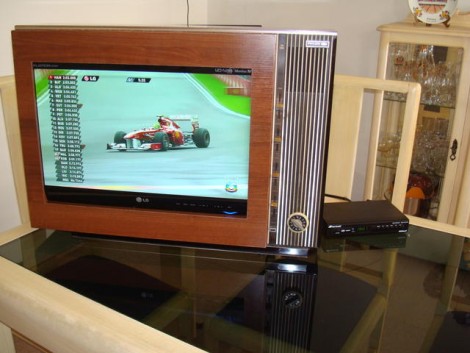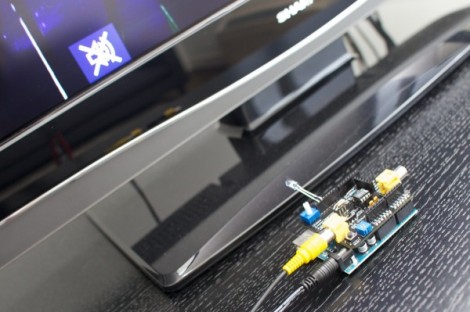
[Igor] helped his friend’s family out by retrofitting an old Philco television with a newer flat panel (translated). The original conked out over thirty years ago, but the look of it still held quite a bit of nostalgia for his girlfriend’s Grandmother. She showed it to him on a recent visit and asked if it could be restored. He told her that it would most likely never work again, but that he could use modern components to replace the screen, while preserving the case itself.
The best thing about old hardware like this is that you can actually get the case apart fairly easily. After removing the tube and electronics he traced a pattern of the opening that he could take along to the electronics store to find a TV which would fill the opening. With the new screen in hand he found that using the threaded holes intended for VESA mounting brackets made it simple to install in the old case. A steel bar bolts onto the plate which he cut and drilled to match the TV’s hole pattern. Now Grandma is happy to have the retro-looking case with a modern high-def picture.

















